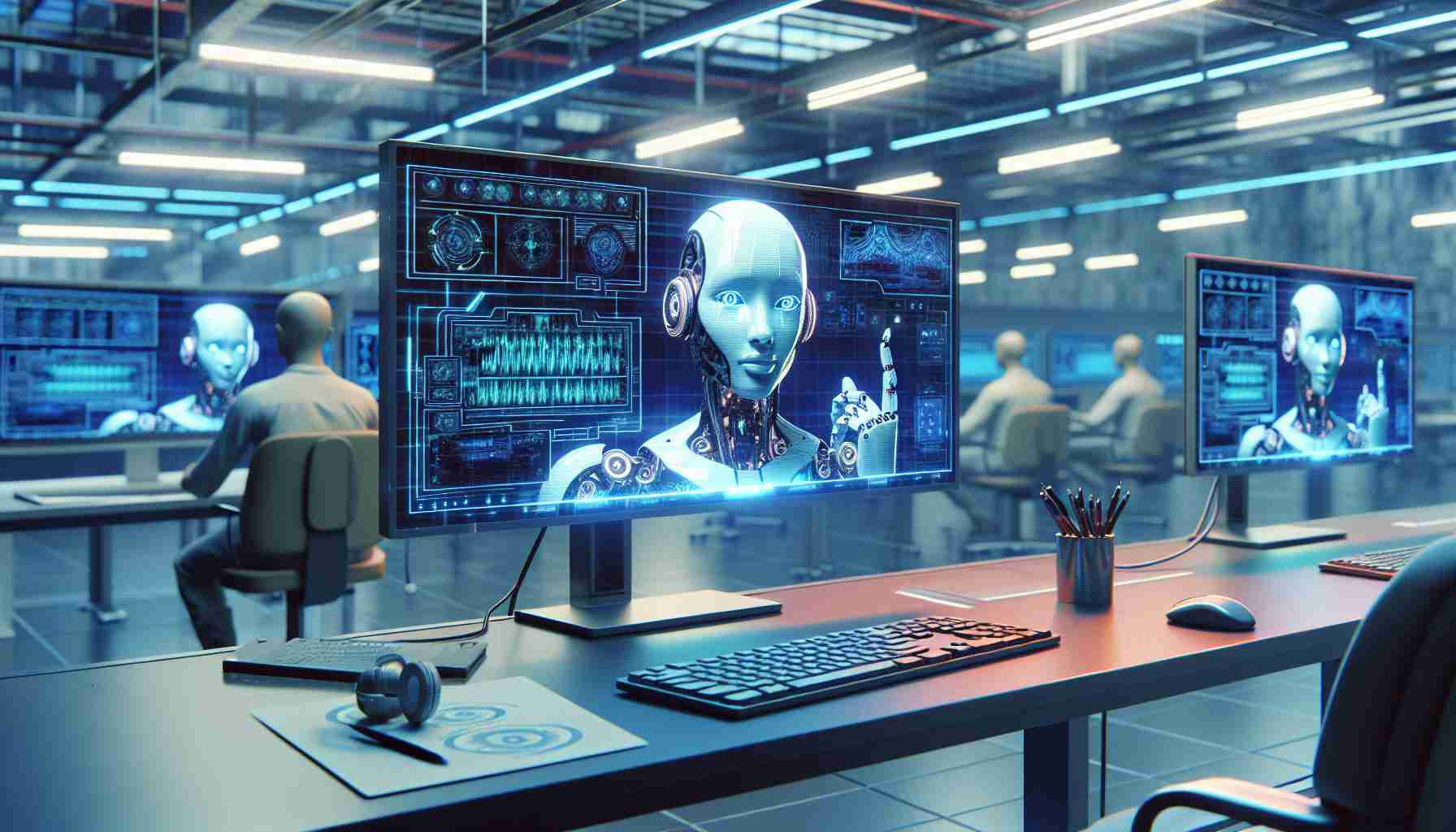OpenAI has recently introduced Sora, their revolutionary AI video generator. Unlike previous AI programs, which focused on generating text-based responses or images, Sora has the ability to produce entire, highly realistic videos. The level of detail and quality achieved by Sora is so impressive that it can be hard to distinguish the AI-generated videos from real footage.
Sora’s animation capabilities are already quite remarkable. It can create various animated content, ranging from cute creatures to lively dance sequences. While the generated animations may not match the quality of renowned animation studios like Pixar or DreamWorks, they still have a professional look that often fools viewers into thinking humans were involved in their creation.
However, it is Sora’s realistic videos that truly captivate and terrify viewers. OpenAI showcased videos of a historic church, a festive parade, and a snow-covered street in Tokyo, all of which looked undeniably authentic. Even when there are slight imperfections, such as warping or shifting of assets, they can easily be mistaken for video compression. For instance, a video of puppies playing in the snow appears so genuine that it raises the question of whether we are, in fact, living in a simulated reality.
So, how does Sora work its magic? Although not all the technical details have been disclosed, OpenAI explains that Sora is a diffusion model. It begins with random noise and gradually reduces that noise until it resembles the desired image, in this case, a video. Sora is trained on patches of data, which are compressed images and videos converted into a lower-dimension latent space. These latent representations are then used to create videos within the model, which are then decoded back into pixel space, resulting in the final output.
One intriguing aspect of Sora is its ability to generate videos from still images. It can also extend existing videos in either direction, effectively creating seamless loops. OpenAI envisions Sora as a tool for simulating realistic 3D environments, where objects and people interact in a consistent manner. Additionally, Sora can simulate the popular game Minecraft, generating the player’s actions and the surrounding world simultaneously.
Despite its impressive capabilities, Sora is not without its flaws. OpenAI acknowledges that Sora might struggle with reproducing accurate physics in complex scenes and certain cause-and-effect situations. Spatial details in prompts can also be misinterpreted, leading to errors in the generated videos. However, these limitations are being actively addressed by OpenAI’s ongoing research.
The future of AI-generated videos is both exciting and slightly unsettling. Sora represents a major leap forward in creating highly realistic video content. With further advancements, AI-generated videos could become virtually indistinguishable from reality. However, it is essential to consider the ethical implications and potential misuse of such technology. As the line between real and virtual blurs, society must grapple with the consequences and ensure responsible development and use of AI video generation tools like Sora.
FAQ Section:
1. What is Sora?
Sora is a revolutionary AI video generator developed by OpenAI. Unlike previous AI programs, Sora is capable of producing highly realistic videos.
2. What sets Sora apart from other AI programs?
While previous AI programs focused on generating text-based responses or images, Sora can generate entire videos. The level of detail and quality achieved by Sora is so impressive that it can be difficult to distinguish AI-generated videos from real footage.
3. What kind of animations can Sora create?
Sora can create various animated content, such as cute creatures and lively dance sequences. Although the quality may not match renowned animation studios like Pixar or DreamWorks, the animations still have a professional look that often fools viewers into thinking humans were involved in their creation.
4. How does Sora generate realistic videos?
Sora is trained using a diffusion model. It starts with random noise and gradually reduces that noise until it resembles the desired image or video. Sora is trained on compressed images and videos converted into a lower-dimension latent space, which are then used to create videos within the model.
5. Can Sora generate videos from still images?
Yes, Sora has the ability to generate videos from still images. It can also extend existing videos in either direction, creating seamless loops.
6. What are the potential limitations of Sora?
OpenAI acknowledges that Sora might struggle with reproducing accurate physics in complex scenes and cause-and-effect situations. Spatial details in prompts can also be misinterpreted, leading to errors in the generated videos. However, OpenAI is actively working to address these limitations through ongoing research.
Key Terms/Jargon:
1. AI video generator: Refers to a program or system that uses artificial intelligence algorithms to create videos.
2. Latent space: A lower-dimensional space in which data points or representations are mapped or compressed to capture essential features or variations of the original data.
3. Diffusion model: A type of generative model that starts with random noise and gradually reduces that noise until it resembles the desired output image or video.
4. Prompt: Refers to the input or instructions given to the AI model, which specify the desired output or task.
Suggested Related Links:
– OpenAI’s Diffusion Models
– OpenAI’s Official Website
The source of the article is from the blog maestropasta.cz

